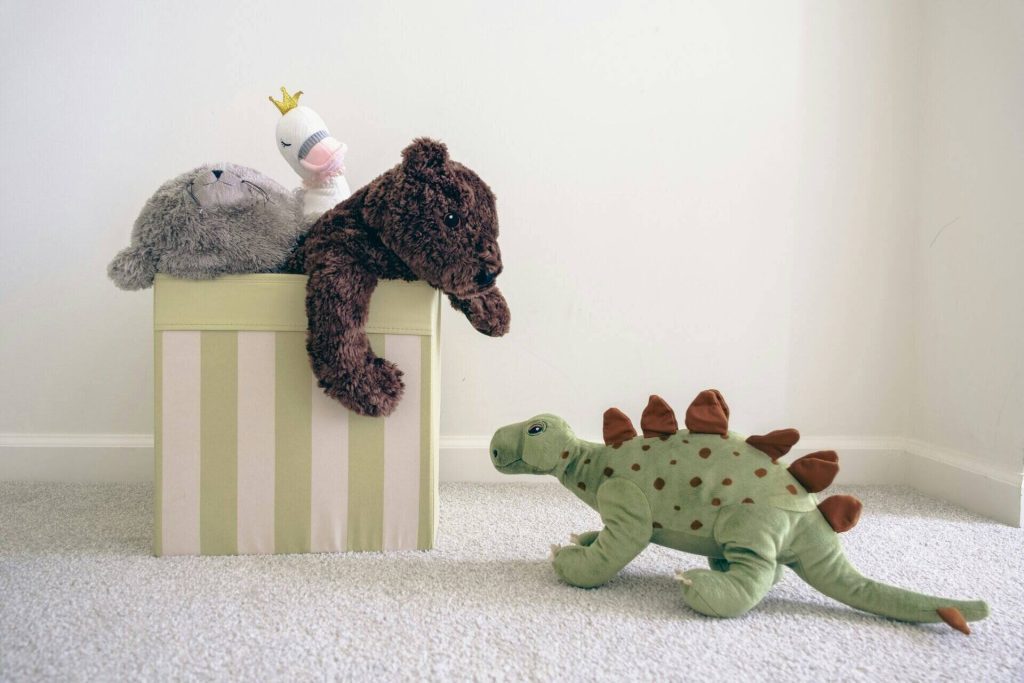Quality rugs and carpets are not only beautiful additions to your home but also represent significant investments, especially if they are antique or made of particularly luxurious or high-quality materials. It can be necessary to put these valuable items into storage during a renovation, relocation, or seasonal rotation, and proper storage techniques are essential to preserve their quality, appearance, and longevity. This guide outlines the 6 best practices for storing carpets and rugs, and answers the FAQs to ensure your rugs remain in pristine condition until their next use.
How to store rugs when they are not in use?
Proper preparation before putting a rug into storage is crucial for maintaining its quality during periods of disuse. Follow these 6 essential tips to ensure optimal preservation:
- Thorough cleaning:
Before a rug or carpet can be put into long-term storage it should be thoroughly cleaned. Begin by vacuuming both sides of the rug to remove dirt, dust, and debris. For valuable, delicate or stained rugs, professional cleaning is recommended before storage to prevent long-term damage.
- Stain treatment:
Address any existing stains before storage. Even minor stains can become permanent when left untreated during long-term storage. Use appropriate cleaning methods based on the rug material. Seek the advice of a professional if the stains are particularly stubborn.
- Complete drying:
Ensure the rug is completely dry before storage to prevent deterioration. Air the rug in a well-ventilated area, preferably out of direct sunlight, for at least 24-48 hours after cleaning.
- Protective wrapping:
Wrap the rug in acid-free paper or a breathable cotton sheet. Avoid plastic covers which can trap moisture and lead to mildew formation. For longer-term storage, consider breathable cloth bags designed specifically for rug storage.
- Colour bleeding prevention:
Place acid-free tissue paper between layers for rugs with strong colours or recent dye treatments to prevent colour transfer during storage. This is particularly important for hand-knotted or hand-dyed rugs.
- Appropriate storage environment:
Choose a cool, dry storage unit with stable temperature and humidity levels. Avoid attics, garages, or basements prone to temperature fluctuations or dampness. The ideal environment should be clean and free from direct sunlight to prevent fading.
FAQs about rug and carpet storage:
- Is it better to roll or fold a rug?
Professional rug conservators always recommend rolling rather than folding for storage. Folding creates sharp creases that can damage fibres and backing over time, potentially leading to permanent creases, cracks in the backing, or broken fibres.
Rolling, by contrast, maintains the rug’s natural structure and prevents stress on both fibres and backing. The only exceptions might be very small rugs or mats, which can occasionally be folded if necessary, though rolling remains preferable when space permits.
- Which way should you roll a rug for storage?
The direction of rolling is critical to proper rug preservation:
- Roll with the pile: Always roll your rug with the pile (the visible surface) facing inward. This technique places less strain on the backing and protects the decorative surface from exposure to dust and potential damage.
- Roll lengthwise: For rectangular rugs, roll along the length rather than the width to minimise the number of rotations and reduce stress on the fibres.
- Even tension: Maintain even, gentle tension while rolling to avoid creating wrinkles or uneven sections.
- Use a cylindrical core: For valuable or delicate rugs, consider rolling around an acid-free cardboard tube or PVC pipe wrapped in acid-free paper. This prevents the centre of the roll from becoming crushed and maintains a more uniform shape.
- How long can a rug stay rolled up?
While proper rolling techniques minimise damage, no rug should remain rolled indefinitely:
- Routine inspection: Ideally, unroll and inspect stored rugs every 6-12 months, allowing them to “rest” flat for at least 24 hours before re-rolling in the opposite direction if returning to the self storage unit.
- Maximum storage duration:
-
- For high-quality wool or silk rugs: 1-2 years maximum with proper conditions and periodic unrolling
- For synthetic rugs: 2-3 years with proper care
- For antique or valuable rugs: Consult with a conservation specialist for specific recommendations
- Re-rolling technique: When returning a rug to storage after inspection, consider rolling it in the opposite direction to alleviate stress points from the previous storage period.
- Best practices for long-term preservation
For comprehensive rug care during extended storage periods:
- Elevate stored rugs: Place rolled rugs on pallets or shelving rather than directly on concrete floors, which can transfer moisture.
- Avoid stacking heavy items: Never place heavy objects on top of stored rugs, as this can create permanent indentations or damage.
- Store in cool, dry conditions, where the temperature will not fluctuate wildly, for optimal preservation i.e. in a self-storage unit.
- Documentation: For valuable rugs, take photographs and make condition reports before storage to track any changes over time.
Trust the experts for your rug storage needs
Professional storage solutions offer controlled environments and expert handling. Alexanders provides specialised rug and carpet storage services in our short-term or long-term storage facilities to ensure your valuable floor coverings remain in optimal condition.
For assistance with rug packing, transportation, and secure storage, contact Alexanders today on 0333 800 2323. Our team of storage and removals specialists can advise on the best solutions for your specific requirements, providing peace of mind that your investment remains protected until you’re ready to enjoy it again.

Updated Daily






